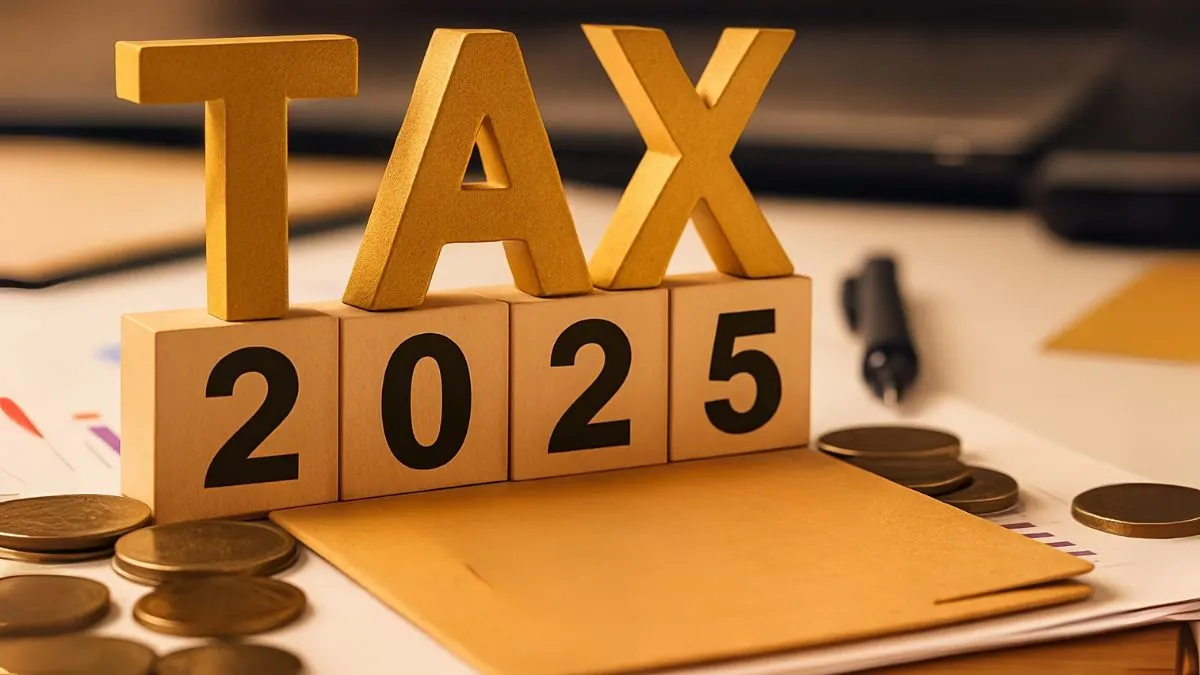
Is HRA Allowed in the New Tax Regime?
Understanding HRA Exemption Rules for FY 2024–25 | AY 2025–26
One of the most common queries among salaried taxpayers after the introduction of the new tax regime is:
“Can I claim House Rent Allowance (HRA) under the new tax regime?”
If you're a salaried employee living in a rented house and trying to choose between the old and new tax regime, it's crucial to understand how HRA benefits differ across both regimes.
✅ What Is HRA?
HRA (House Rent Allowance) is a component of your salary provided by your employer to help you cover rental expenses.
Under the old tax regime, HRA is partially or fully exempt from taxable income, provided:
• You pay rent
• You live in a rented house
• You are not the owner of the property
• You furnish rent receipts and details of the landlord
HRA exemption is calculated using a formula that considers:
• Actual HRA received
• Rent paid minus 10% of salary
• 50% of salary in metro cities / 40% in non-metro cities
❌ Is HRA Allowed in the New Tax Regime?
No, HRA exemption is NOT allowed under the new tax regime.
The new regime, introduced under Section 115BAC, comes with reduced slab rates but removes the majority of exemptions and deductions, including:
• HRA under Section 10(13A)
• LTA (Leave Travel Allowance)
• Standard exemptions for allowances like food, telephone, transport, etc.
So, if you opt for the new tax regime, you cannot claim any tax benefit for HRA, even if you're paying rent every month.
📌 What Is Still Allowed in the New Regime?
From FY 2023–24 onwards, a few limited deductions are allowed under the new tax regime, such as:
• ₹50,000 standard deduction for salaried individuals
• Employer's contribution to NPS (Section 80CCD(2))
• Agniveer Corpus Fund deduction (new)
• Family pension deduction (₹15,000 or 1/3rd of pension, whichever is lower)
📌 However, HRA remains ineligible even under these revised allowances.
🧠 Example: Comparing Scenarios
Let’s say you earn ₹10 lakh annually, with ₹1.5 lakh as HRA, and pay ₹20,000/month rent in Delhi.
Under the Old Regime:
• You could claim HRA exemption of ~₹1 lakh
• Additional deductions (80C, 80D, etc.) might bring total deductions to ₹2.5–₹3 lakh
• Taxable income = ₹7 lakh → Eligible for rebate under Section 87A → Zero tax
Under New Regime:
• No HRA exemption
• No 80C or 80D benefit
• Taxable income = ₹9.5 lakh (only ₹50,000 standard deduction)
• Tax payable = approx. ₹44,200
➡️ Old regime saves more if you’re eligible for multiple deductions, including HRA.
✅ When to Prefer New Regime Despite HRA Loss?
You can consider the new tax regime if:
• You don’t pay rent or live in a family-owned house
• You don’t have investments under 80C, 80D, NPS, etc.
• You prefer simplified tax filing without paperwork
• Your total eligible deductions are less than ₹2 lakh
🔍 How to Make the Right Choice?
Before filing your return or informing your employer:
1. Use a tax comparison calculator for both regimes
2. Include your rent amount and eligible exemptions
3. Choose the regime with the lowest total tax outflow
✅ Final Words
HRA is not allowed as a deduction under the new tax regime. If you want to claim HRA exemption, you must opt for the old tax regime.
The new regime is simpler, but may not be tax-efficient for those who pay rent or claim multiple deductions. It’s crucial to assess your financial situation before choosing the right regime each year.











